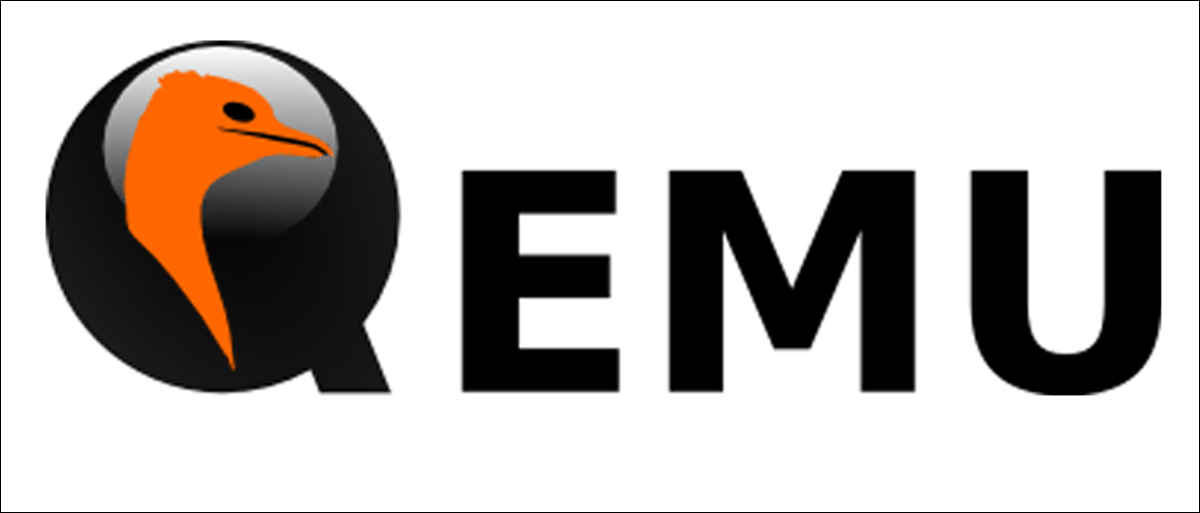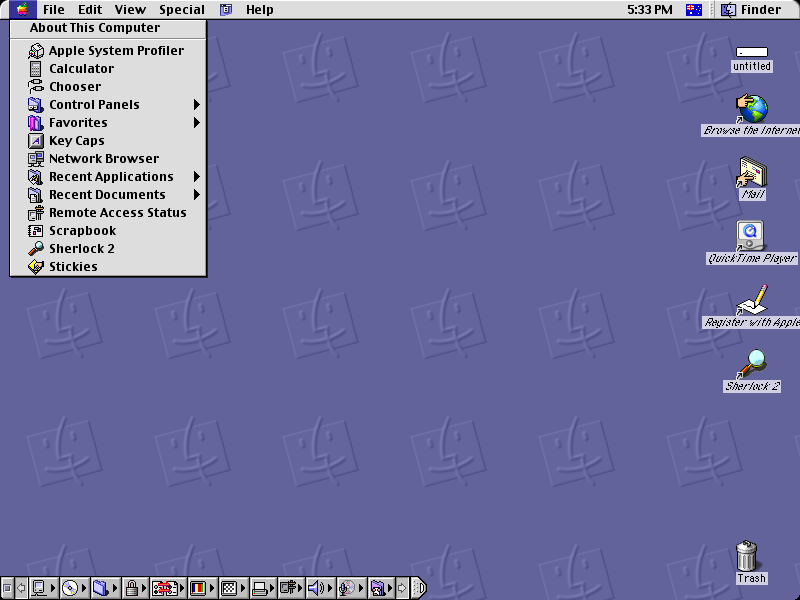

Now we need to create drive A and drive C for FreeDOS.

Make sure to obtain the newest version (as of this writing, Beta9 Service Release 2).

#Qemu emulator mac how to
#Qemu emulator mac mac os
There are ports of QEMU to both Microsoft Windows and Mac OS X.Review the patches that are sent to the QEMU mailing list. You can create such a file with e.g., "dd if=/dev/zero of=pram.img bs=256 count=1" or "qemu-img create -f raw pram.img 256" Where pram.img is a file of exactly 256 bytes long. The parameter ram (pram) can be saved and loaded from a file: This rom is found when placed in the pc-bios folder and named MacROM.bin, or can be selected by using the -bios command line option. To boot Mac OS, you need a Macintosh Quadra 800 rom. Note: Mac OS currently will not fully boot on qemu-system-m68k append "root=/dev/sda2 rw console=ttyS0 console=tty \ Sudo qemu-nbd -t m68k-deb10.qcow2 -c /dev/nbd0
#Qemu emulator mac install
If you don't want to install guestfish, you can use the NBD kernel module (but you need to be root): Use the following for the source for network-based installation:Īfter installation, extract the kernel and initrd from the hard disk image drive file=m68k-deb10.qcow2,format=qcow2 \ M q800 -serial none -serial mon:stdio -m 1000M \ Sudo losetup -f Ĭp /mnt/install/kernels/vmlinux-4.16.0-1-m68k. Or, if you don't want to install guestfish you can use the loop kernel module (but you need to be root): If not, you can also extract the installation kernel and initrd from the installation CD: The kernel and the initrd needed to boot might also be found in Please note that the instructions below use kernel versions that might have been superseded by newer ones on the most recent installation cd images!Īlso, during installation on hard disk image the update process might install a newer kernel.Īlways make sure to extract the latest kernel and initrd.gz from your hard disk image after installation or update and replace the kernel names in the examples below with what is currently installed. The easiest way to get these is to mount the iso,Īnd copy them from the /install/cdrom and /install/kernels folders.

You will need a kernel and initrd to boot Linux. configure -target-list=m68k-softmmu & makeĭownload a m68k distribution, such as .Ĭreate a hard disk image to install onto.ĭebian latest installer CDs are available at: You can select the desired machine with the -M command line option.īuild directions. The following machines are emulated through qemu-system-m68k:


 0 kommentar(er)
0 kommentar(er)
